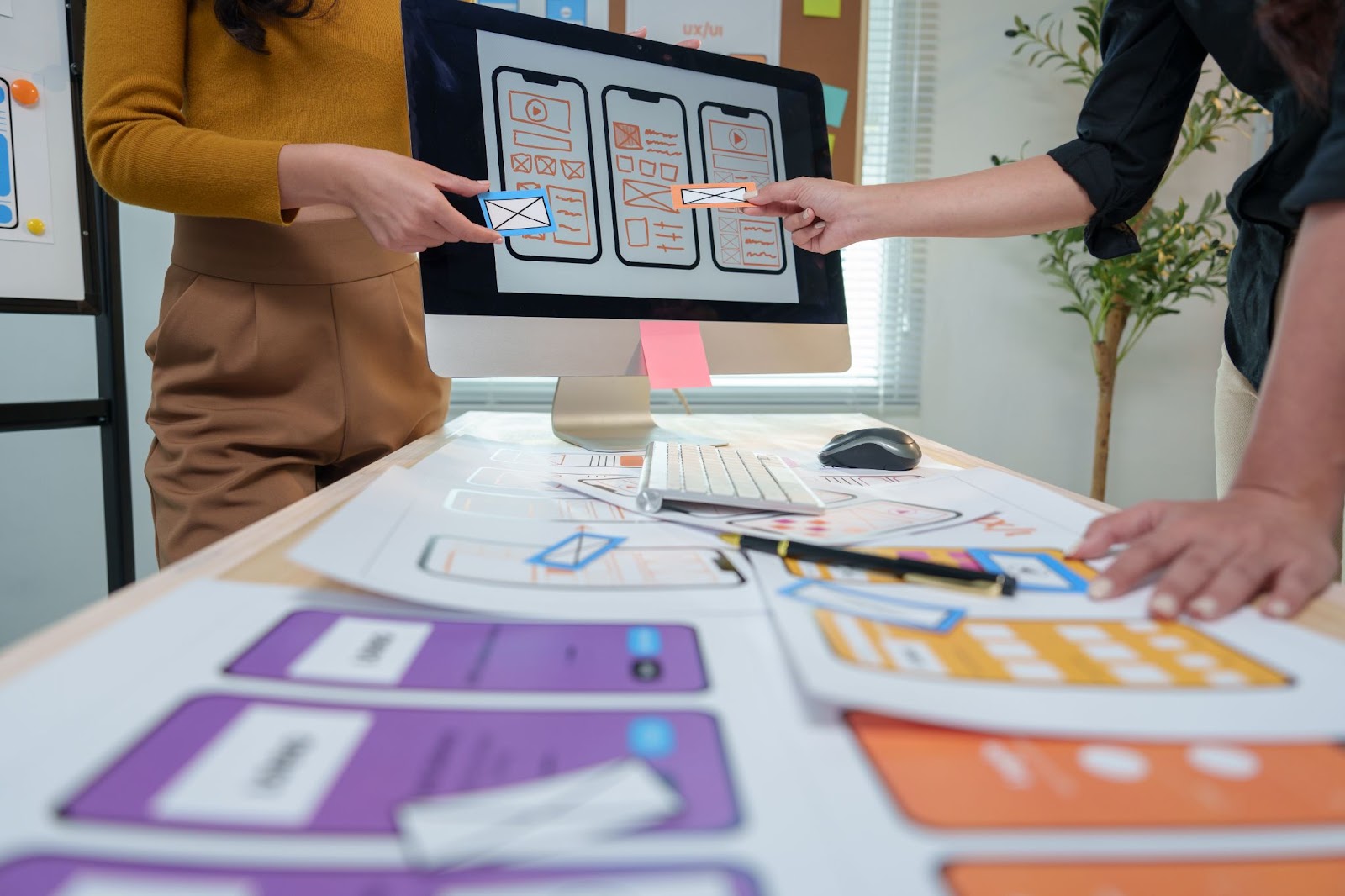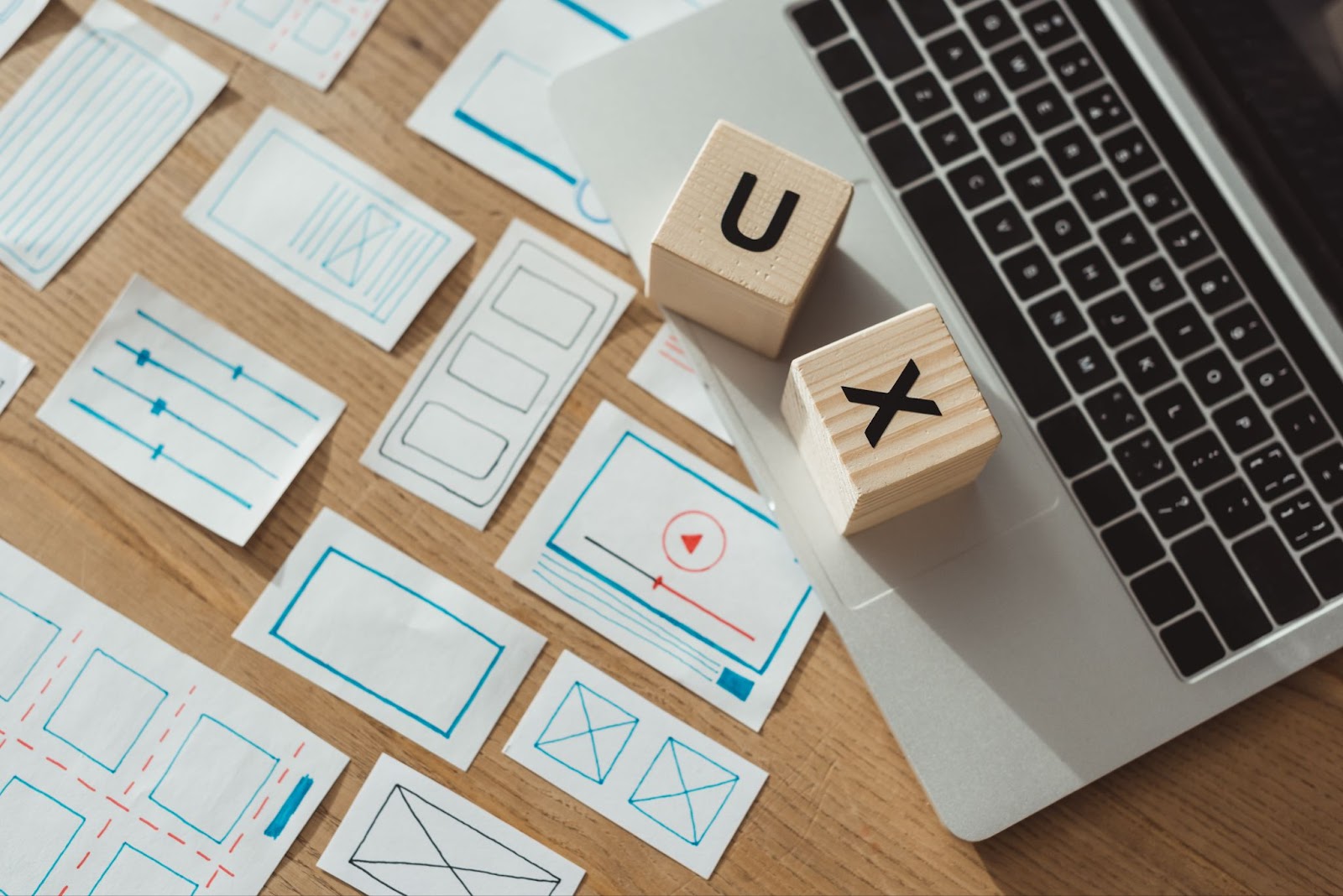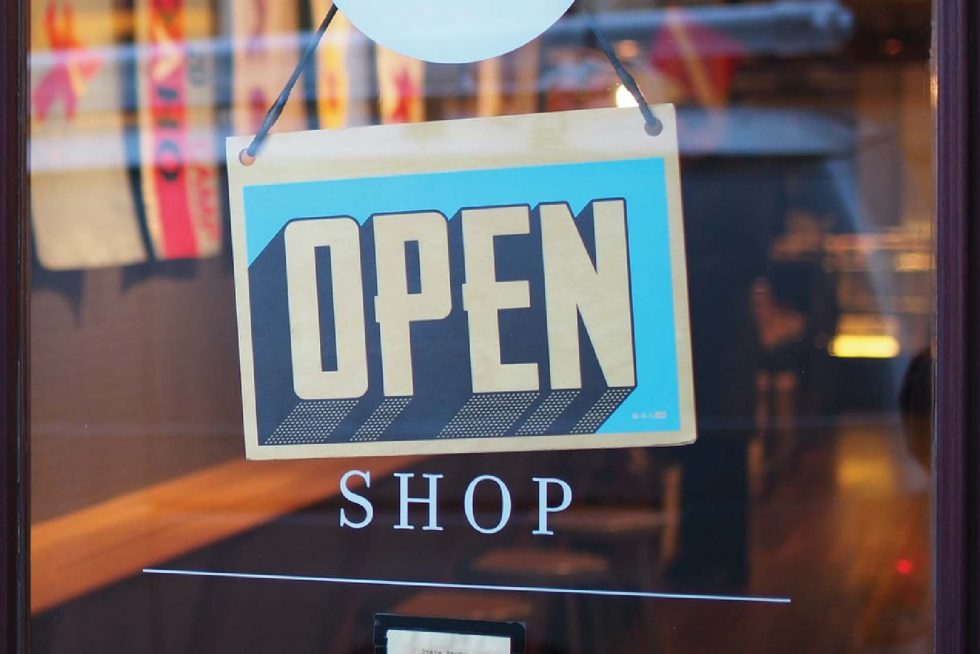When it comes to building a website, UX and web design each play a distinct role. Together, they create a smooth, enjoyable experience for anyone who visits the site. Let’s find out what makes them different!
Need our help with your website? Reach out to Weave Asia Singapore for more enquiries!
UX and Web Design: What They Are and Why They Matter
What Is Web Design?
Web design is about how a website looks. It focuses on the layout, colours, fonts, and images to create a visually appealing, professional site that reflects the brand and grabs attention.
What Is UX Design?
UX (User Experience) design is about how a website works. It ensures visitors can navigate easily, find what they need, and have a smooth, frustration-free experience.
How UX and Web Design Work Differently
UX and web design may look like they’re doing the same thing, but they each bring something different to the table when building a website:
1. The Purpose Behind UX and Web Design
Web Design
Web design focuses on creating clear and organised layouts, by arranging texts, images, and buttons in a way that naturally guides your eyes to what’s important. A well-designed website is responsive, meaning it adjusts smoothly to different screen sizes while keeping everything readable and accessible.
UX Design
UX design involves creating straightforward navigation that helps users complete tasks quickly and without confusion. UX designers also focus on reducing unnecessary steps, improving accessibility, and making sure users don’t feel lost or frustrated while browsing.
2. UX and Web Design Deliverables
Web Design
- Mockups: Visual images that show how the website will look, including the layout, fonts, and colours.
- Style Guides: A guide that helps keep the design consistent across the website, including things like colour choices and fonts.
- Responsive Design: A design that works well on all devices, whether it’s a phone, tablet, or desktop.
- Coded Templates: The basic structure of the design, ready to be turned into a real website.
UX Design
- Wireframes: Simple outlines showing where things like text and images will go on a page.
- Prototypes: Clickable versions of wireframes that allow people to test out the site before it’s built.
- User Journey Maps: Diagrams that show the steps a user takes to achieve a goal on the website, helping to spot any confusing areas.
- Usability Reports: Feedback from users about how easy or hard the website is to use, with suggestions for improvement.
- Interaction Design Specs: Instructions on how users should interact with the website, like clicking buttons or navigating between pages.

3. A Look Into UX and Web Design Work Process
Web Design
- Before
- Initial Brief: Gather details like the website’s goals, target audience, and features.
- Research: Review competitors, trends, and audience preferences to understand what works.
- Planning: Map out the website layout and decide where to place elements like text, images, and buttons.
- During
- Design Mockups: Create the initial design, including colours, fonts, and the overall look.
- Prototyping: Turn the mockups into interactive prototypes for clients to get a feel for the site.
- Feedback and Revisions: Review the design, make changes, and ensure it aligns with the goals.
- After
- Development Handoff: The design files are passed on to developers to build the website.
- Testing: Test the site on different devices and browsers to ensure it works well.
- Launch and Maintenance: Launch the site and make updates or improvements as needed.

UX Design
- Before
- Discovery: Understand user needs through interviews, surveys, and data analysis.
- Research: Dive into audience behaviours to identify needs and potential frustrations.
- User Personas: Create profiles representing the target users to guide design choices.
- During
- Wireframing: Plan the layout and structure of each page, focusing on usability.
- Prototyping: Build an interactive version to test user flow and interaction.
- Usability Testing: Have real users test the prototype to spot any issues.
- After
- Refining: Adjust the design based on feedback to improve user experience.
- User Journey Mapping: Track users’ steps on the site to identify and fix pain points.
- Handoff: Transfer the final design to developers for implementation.
- Ongoing Testing: After launch, continue testing and tweaking based on user feedback.
Conclusion
Naturally, you want a site that grabs attention and looks polished, but if visitors can’t find what they need easily, it won’t matter how great it looks. The real magic happens when both UX and web design work together. A visually appealing site with a smooth experience for the user? That’s what gets people coming back.
Need our help with your website? Reach out to Weave Asia Singapore for more enquiries!











